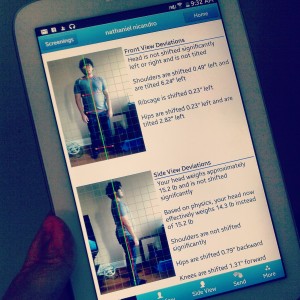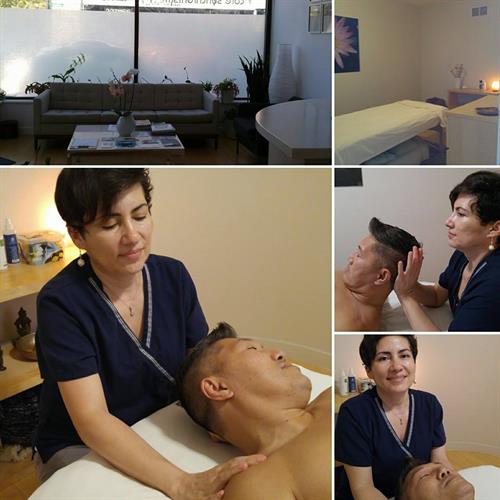
Occurring over periods of time, muscles get stuck in irregular holding patterns. Your skeletal and muscular systems keep each other in balance. Past injuries and improper healing can throw off the entire structural integrity of a person’s body, leading to muscle compensation and poor postural habits. Movement begins from a position of posture; therefore, poor posture could result in poor movement patterns leading to possible muscle or joint injury.
Assessment begins verbally with the initial visit for information gathering, continues with observation and checking range of motion, a postural analysis chart and picture to evaluate and educate on muscular stresses and how they lead to the formation of trigger points. Then moves into the session itself with palpation (assessment through touch) of soft tissues.
I check the tilt of your pelvis and measure the angle from front to back, from the left and from the right. It’s common in today’s society for people to have their pelvis tipped slightly forward because the amount of time we spend sitting tightens certain muscles – then when you stand up straight the tight muscles pull the front of the pelvis down. Called an anterior pelvic tilt, is a common contributor to low back pain and dysfunction with the sacroiliac joints of the pelvis.
An assessment is a vital tool that, when used regularly, allows for a more thorough understanding of your specific needs. At the conclusion of a session, areas of concern are re-assessed to note any changes in tissue and range of motion.
You can schedule a Postural Assessment on its own, or include it within a treatment session.
[schedule_now]
